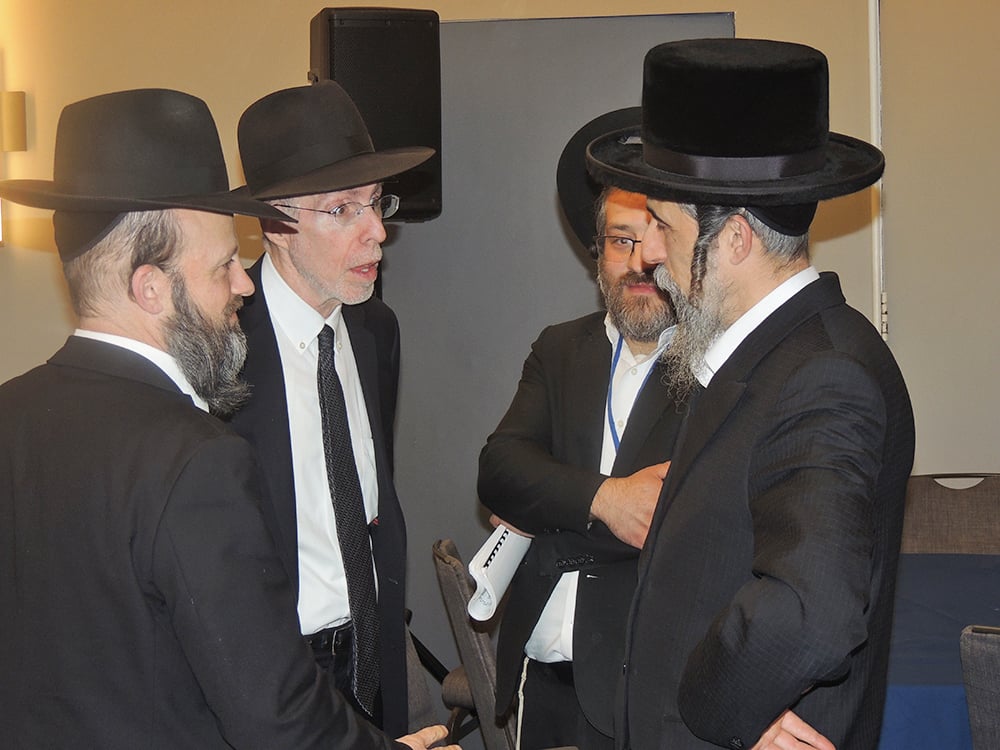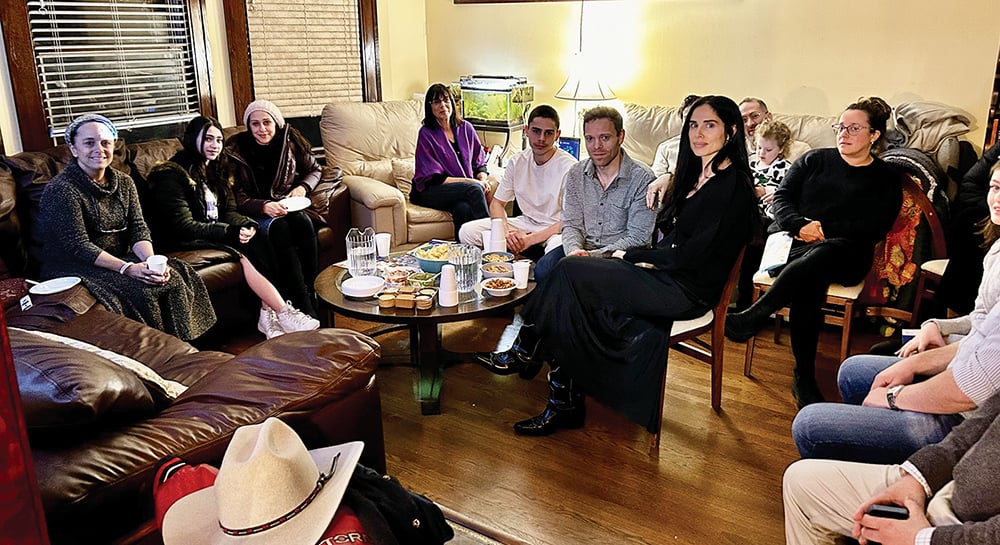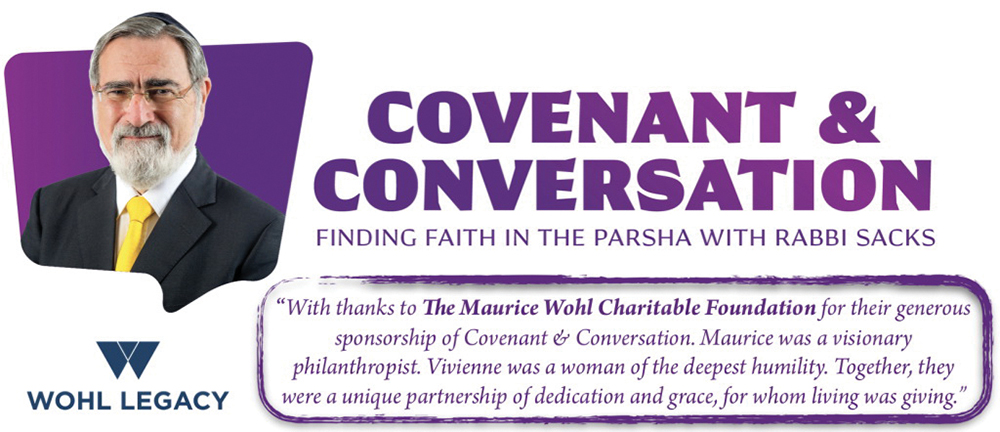
On some level we all realize that our davening falls short of real prayer. This is not the forum to analyze the deficiencies of contemporary prayer and attaining proper kavanah, i.e., sincere focus and devotional attentiveness. Attaining the ideal parameters for prayer is a process that requires discipline and serious effort. Most synagogue services do not foster this approach since it seems that today’s culture is “Click click, the drasha is too long, and what’s for kiddush?” In addition, congregants do not want to be told of their deficiencies in this area.
Rabbis can direct their exhortations to generic topics but once they get too personal they risk the ire of their memberships. As has been noted here before, the siddur is the Jewish text with which we are most familiar but about which we know the least. If we cannot delve into the prerequisites for attaining proper kavanah, and if we cannot or will not teach about the structure and meaning and symbolism of our prayers in school or shul, at the very least we can offer instructions about the laws pertaining to the way we pray.
Most people grow up praying the way their parents did, or the way prayers were conducted in their synagogues. Most of the time instructions about prayer came from the siddur itself. A wise teacher once observed that “The printer is not the posek.” There are many laws about the structure and text that are at variance from what is written in many prayer books. Newer editions such as the Koren OU Siddur or the RCA Siddur Avodat HaLev, contain corrections to what was considered standard but it has not yet achieved universal acceptance.
Granted that as in many areas of halacha, there are legitimate differences of opinion; nevertheless certain fundamental errors need to be addressed. Perhaps this may lead to a greater appreciation of the siddur and prayer in general. Interestingly, those returning from a year of study in Israel have already internalized many of these changes.
The sad reality is that despite the fact that Northern New Jersey has one of the highest percentages in the country of day school graduates, most have never studied the siddur in school. This can be rectified if there is a willingness to do so. It can also be ameliorated by the rabbis if they would teach it in shul.
The most obvious area for improvement is punctuality. If one comes on time or even early, there is adequate time during the week to don tallis and tefillin prior to the start of the service. Coming on time allows for the proper recitation of Birchos HaTorah and Birchos HaShachar, two very important and mandatory sections that serve as a preliminary transition to the morning prayers. Originally recited at home, these passages are now usually said in the synagogue.
Punctuality also avoids the pitfalls of what to skip in order to catch up. There are guidelines usually appended to the back of the siddur. Depending on time there are priorities regarding what one may or may not skip. Coming on time avoids these pitfalls. This also applies to those who daven at home. Granted, praying with a minyan is preferable but the same caveats apply.
Siddurim include biblical and rabbinic passages in Birchos HaTorah so that the blessings are not in vain in case one doesn’t study during the day. Most siddurim include the passage of Elokai Neshama right before the Birchos HaShachar. The proper placement of this passage halachically is right after the blessing of Asher Yatzar.
Some congregations recite the sacrificial passages, i.e., korbanot, some abbreviate them, some omit them altogether. Keeping in mind that our prayers are in place of the sacrifices, this omission in fealty to the clock is somewhat disingenuous.
The one leading the service takes three steps back after the Amidah. He should stand there until he begins the repetition instead of going back and forth in a bizarre choreography. Talking during the repetition of the Amidah is absolutely forbidden. Many have the practice of remaining standing in place and paying attention to the words and answering “Amen” in case their personal prayers were in any way deficient.
The problem of inattentiveness is not new. The Talmud already warns us as does the Rambam that prayers recited without proper kavanah or attentiveness are invalid and must be repeated. This is the halacha. Rabbenu Tam in Tosafot notes that “in our day” people no longer have proper kavanah. He ruled that at least the first paragraph of the Amidah should be recited with kavanah to avoid repeating the entire prayer. Contrast this to the rapidity with which some daven in general as well as when they serve as the shaliach tzibbur.
These are but a few halachic considerations. I realize that congregational davening may not have the same fervor and flavor as a yeshiva davening, but we can emulate it conceptually by becoming more aware of the laws and structure of the siddur.
Perhaps we can start a Siddur Yomi over a period of years to cover daily, Shabbat, Yom Tov and Yomim Noraim prayers.
Rabbi Dr. Wallace Greene mandated a biur tefillah class in the curriculum for each grade when he was a day school principal.













